Viking History: THE FOOD OF THE VIKINGS
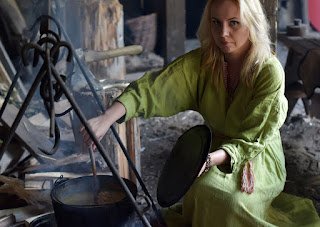
 Image Credit: Shutterstock Frequently depicted as being courageous, harsh warriors, Vikings were also accomplished farmers, and fishermen. They…
Image Credit: Shutterstock Frequently depicted as being courageous, harsh warriors, Vikings were also accomplished farmers, and fishermen. They…
Viking History: Viking Games: 9 Nordic Ways to Pass the Time
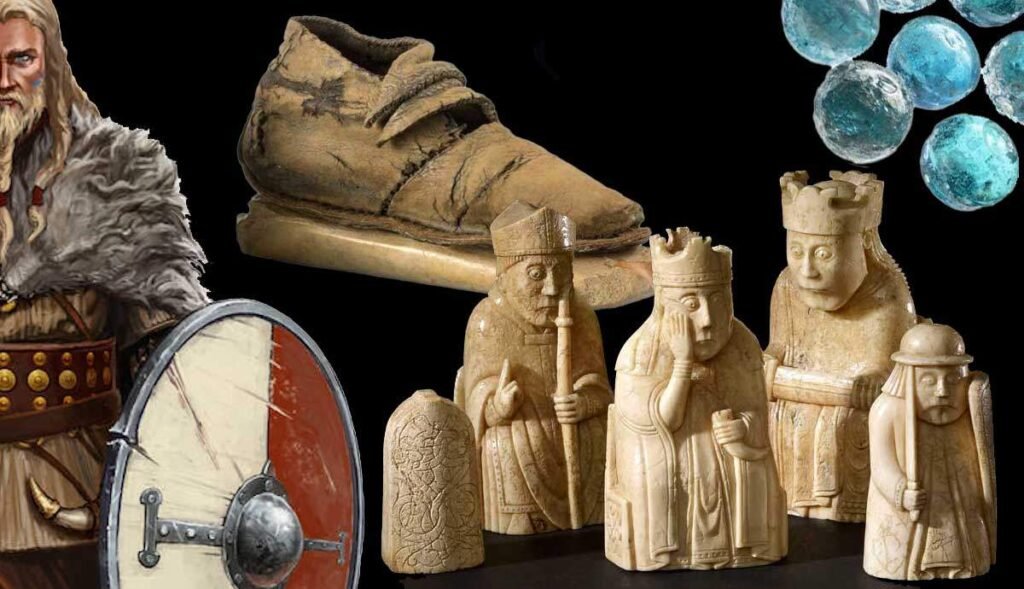
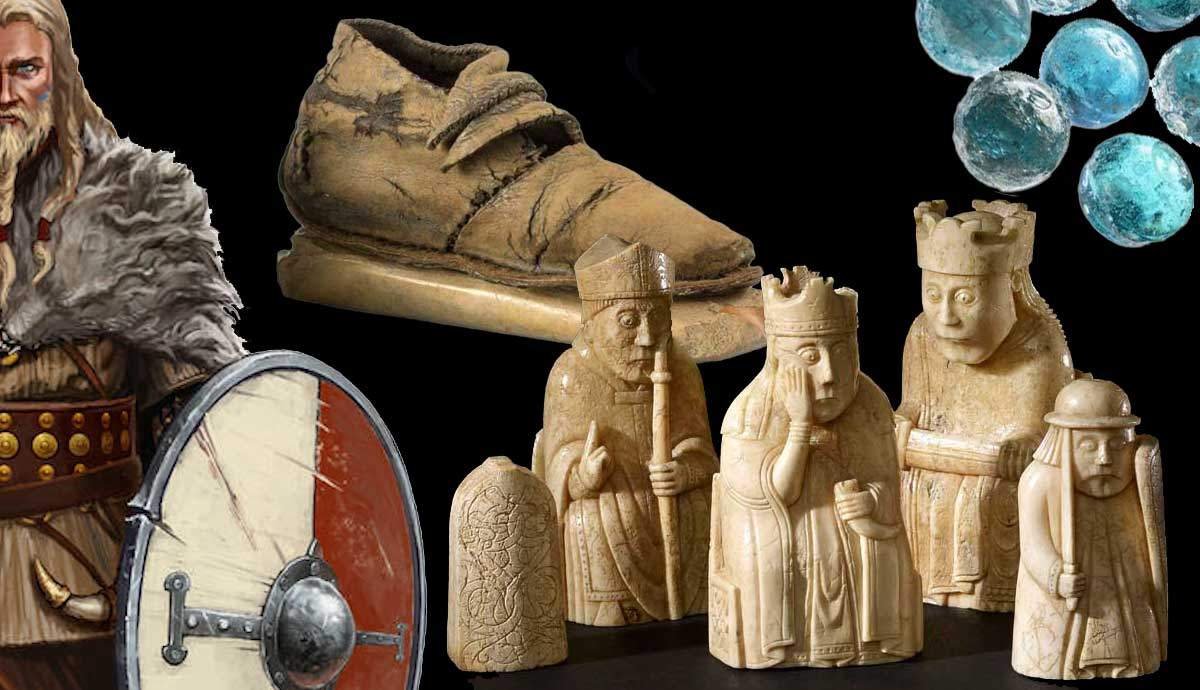 In the twelfth century CE, a young Norwegian Kali Kolsson ventured to Orkney. Eager to…
In the twelfth century CE, a young Norwegian Kali Kolsson ventured to Orkney. Eager to…
Viking History: The Wolf Age: The Vikings, the Anglo-Saxons and the Fight for the North Sea Empire
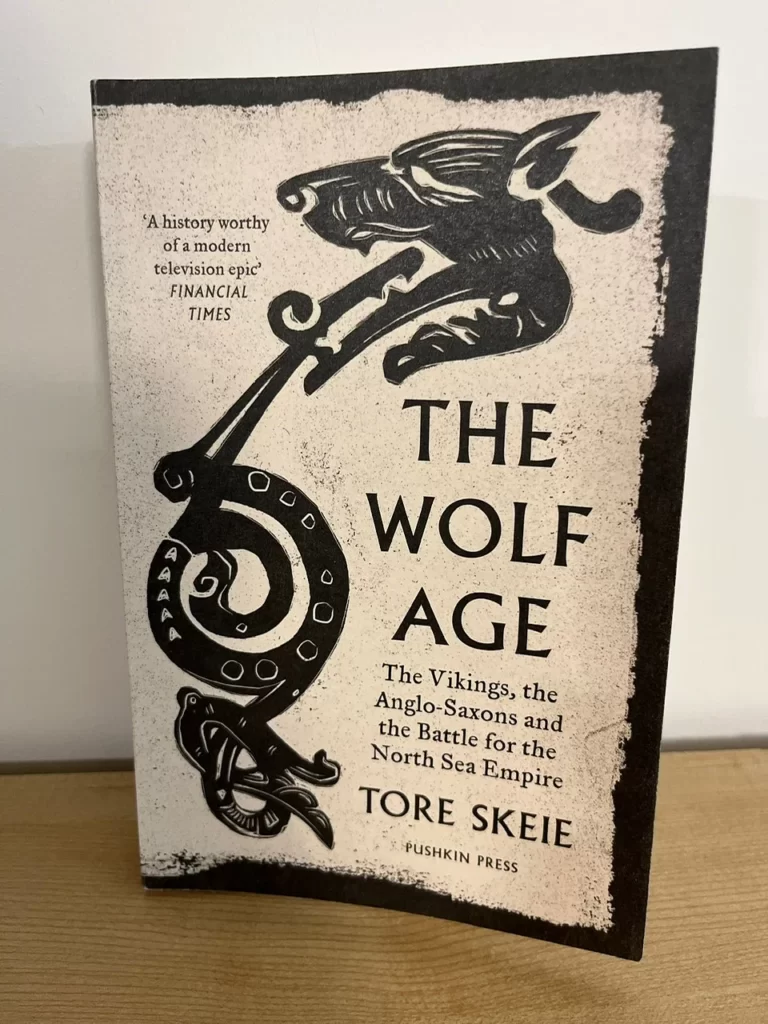
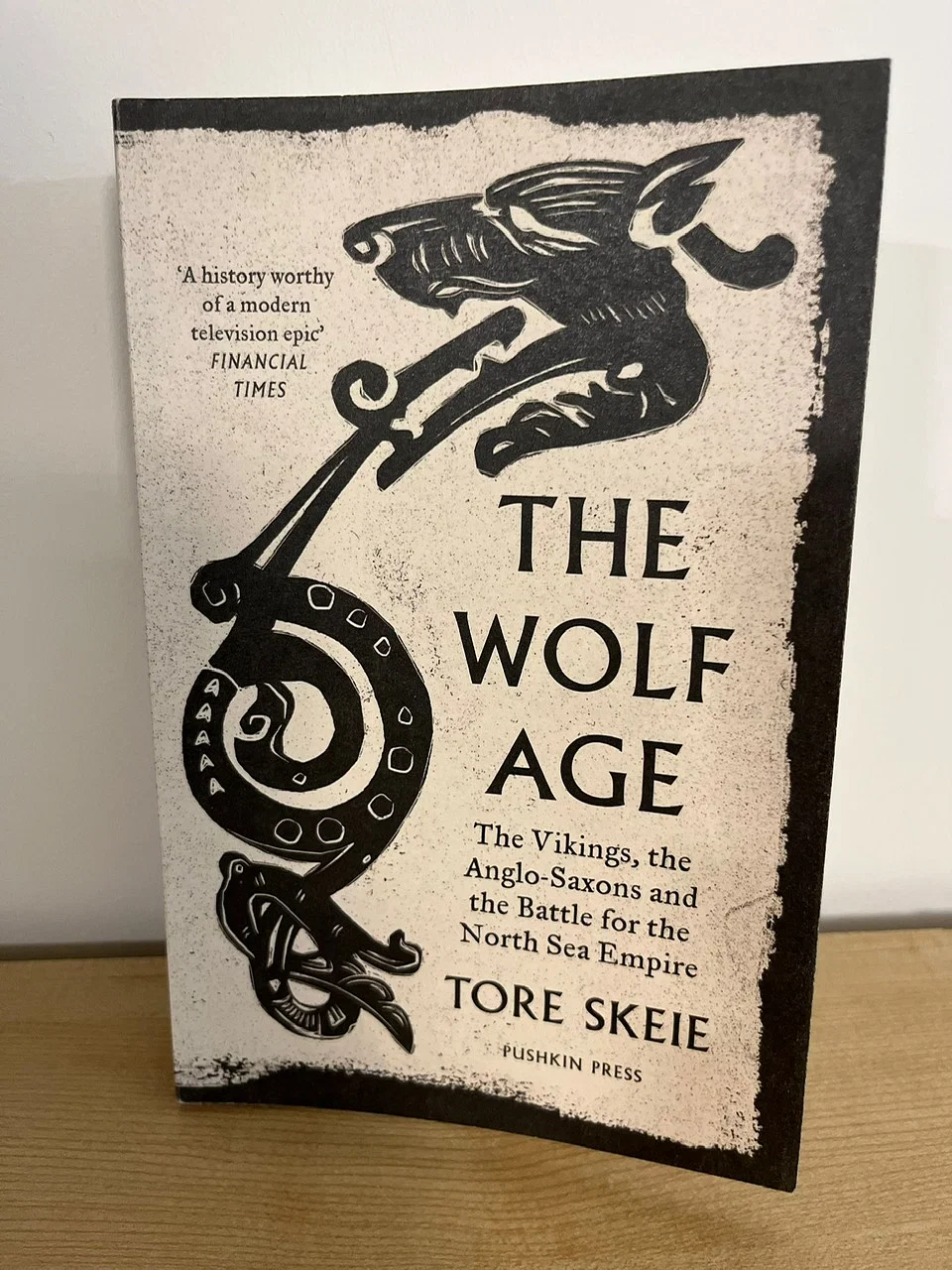 The Wolf Age: The Vikings, the Anglo-Saxons and the Fight for the North Sea Empire…
The Wolf Age: The Vikings, the Anglo-Saxons and the Fight for the North Sea Empire…
Viking Archeology: The Importance of Fatherhood in the Viking World

Ragnar Lothbrok is the most famous Viking we understand about today. He was at least as well-known for the large number of warrior sons that he fathered as he was for his own exploits and deeds. Ragnar seems to have had at least nine sons and two daughters, though various sources tape-record various lineages for his different children. This could lead us to believe that it prevailed for Vikings to sire armies of sons, but Ragnar is rare in this respect. Sons of Vikings: The Sons of Ragnar Lothbrok
As a young man, Ragnar combated versus the Swedish king Fro, with the support of the mighty and stunning shieldmaiden Lagertha. The 2 married and had three children, a boy called Fridleif and 2 children. However the two were on different courses in regards to conquest, and Ragnar left Lagertha. Ragnar then married Thora Borgarhjort, the daughter of Jarl Herraud. Together they had at least 2 sons, Erik and Agnar. Thora passed away not long into their marital relationship. Ragnar later married a peasant woman of outstanding beauty called Kraka, who later on ended up being Aslaug, the child
of the renowned hero Sigurd Fafnesbane, or a minimum of this is what she informed individuals. Together they had at least 5 kids starting with Ivar the Boneless, Bjorn Ironside, Hvitserk, Ragnvald, and Sigurd Snake-in-the-Eye. Ragnar might have wed one more time or had an extramarital relationship, through which he fathered another child, Ubbe. It is worth noting that Ragnar probably had more children, whose names are not recorded in the making it through sources. He probably also had several more boys who died in infancy. The Demographics of Viking Fatherhood
The Viking world was a tough location to live and infant death rates were high. Researchers recommend that the common Viking woman most likely bore around seven kids throughout her life time, each born roughly 30 months apart. Females breastfed their children up until around the age of 2 years, which mainly discusses the regular duration between pregnancies (as breastfeeding reduces fertility). But a lot of the kids born to Viking women would have passed away in infancy. It is suspected that a mom generally just had 2 or 3 living children at a time. Likewise, regardless of kids weding young, with young boys tying the knot as young as 16 and girls as young as 12, it was reasonably rare for individuals to live to become grandparents.
While divorces were fairly simple to obtain, the financial agreements that marital relationships represented implied that they were reasonably uncommon. If a couple did different, or a man or woman was widowed, they would generally remarry quite rapidly. While Ragnar might come across as a womanizer, his pattern of marriage was most likely quite regular. What is uncommon is that numerous of his children made it through into adulthood. But this is probably a reflection of Ragnar’s social status. He was the king of Denmark, and later on Sweden. This indicated that his kids probably had better
food and cleaner living conditions, which provided a much better chance of surviving into their adult years. Having so numerous male adult kids seems 
to have been problematic for Ragnar, as they would undoubtedly vie for power. This was
most likely the motivation behind Ragnar obviously expelling his kids with Aslaug from Denmark, with ships and a band of warriors, to make their own fortune in other places. Exploits of the Viking Kids of Ragnar But events would not unfold as Ragnar envisioned. It appears that Ragnar’s earliest kid Fridleif stuck with his mother, which probably shows that the young boy was still an infant when the two separated.
Ragnar seems to have actually decided to keep Erik and Agnar, his next oldest boys with Thora, in Denmark with him, and send the rest of his kids away. They established themselves as a band of warriors, led by the earliest and most cunning Ivar.
Together they conquered different territories consisting of Zealand, Jutland, Gotland, and Oland. While they were out making names for themselves, Erik and Agnar seem to have actually decided to do the exact same by trying to take Sweden from King Eysteinn Beli, whom Ragnar himself had actually appointed as his vassal.
Ragnar was pillaging in the Baltic and the brothers seized the day to method Eysteinn, requiring that he become their vassal, and wed his daughter to Erik to make sure commitment and transfer of power. Eysteinn assaulted the pair and declined, eventually killing both.
When their siblings became aware of this, they assaulted Eysteinn, eliminating him to avenge their siblings. Ragnar was actually disappointed by this. The sources suggest that he was growing jealous of the fame of his kids, however his inspirations may have been strategic.
That Ragnar was not envious of his sons may be shown in the truth that after these occasions, Ragnar makes Ivar the governor of Jutland in Denmark, positioning a lot of rely on his child. While in this function, Ragnar’s youngest boy Ubbe is stated to have actually hatched a plot to usurp his dad. Not wanting to take sides, Ivar entered into voluntary exile.
Rather than being upset, Ragnar appears to have actually respected this choice. When he decides to make a play for England with an inexplicably small force, he leaves Ivar in control of his kingdom.
Sons Revenge the Dad

 Again, the sources recommend that Ragnar was envious of his boys and chose to attack England with a small army to prove that he was still a better warrior than them. While it does appear strange that there is no record of him taking any of his kids with him on this exploration, there is no other evidence to support this mindset.
Again, the sources recommend that Ragnar was envious of his boys and chose to attack England with a small army to prove that he was still a better warrior than them. While it does appear strange that there is no record of him taking any of his kids with him on this exploration, there is no other evidence to support this mindset.
When Ragnar was killed in England by King Aella of Northumbria, Ragnar’s children instantly created the Terrific Heathen Army to get into England and extract vengeance, and also finish their father’s work.
Although there were numerous obstacles along the way, they would ultimately catch and torture Aella, eliminating him utilizing a technique called the blood eagle. They would likewise take large parts of England and produce solid Viking grips in the country.
 What Do You Think?
What Do You Think?
What do you think? Do you believe that Ragnar was envious of his children, or do you think he considered himself fortunate to be the daddy of so many terrific warriors?
The post Kids of Vikings: The Significance of Parenthood in the Viking World appeared first on Norse and Viking Mythology.
< img decoding =" async" loading=" lazy
” width =” 1000″ height =” 400″ src= “https://everythingviking.com/wp-content/uploads/2023/04/viking-archeology-sons-of-vikings-the-importance-of-fatherhood-in-the-viking-world-11.jpg “alt= “The Demographics of Viking Fatherhood” class =” wp-image-3813″ srcset=” https://everythingviking.com/wp-content/uploads/2023/04/viking-archeology-sons-of-vikings-the-importance-of-fatherhood-in-the-viking-world-11.jpg 1000w, https://everythingviking.com/wp-content/uploads/2023/04/viking-archeology-sons-of-vikings-the-importance-of-fatherhood-in-the-viking-world-16.jpg 300w, https://blog.vkngjewelry.com/wp-content/uploads/2022/04/3-768×307.jpg 768w” sizes=” (max-width: 1000px) 100vw, 1000px” data-jpibfi-post-excerpt data-jpibfi-post-url =” https://blog.vkngjewelry.com/en/sons-of-ragnar-in-vikings/” data-jpibfi-post-title= “Kids of Vikings: The Value of Parenthood in the Viking World” data-jpibfi-src=” https://everythingviking.com/wp-content/uploads/2023/04/viking-archeology-sons-of-vikings-the-importance-of-fatherhood-in-the-viking-world-11.jpg “> The Viking world was a hard place to live and infant death rates were high.< img decoding =" async "loading=" lazy "width =" 1000 "height=" 400" src= "https://everythingviking.com/wp-content/uploads/2023/04/viking-archeology-sons-of-vikings-the-importance-of-fatherhood-in-the-viking-world-13.jpg" alt=" Viking army "class= "wp-image-3815" srcset=" https://everythingviking.com/wp-content/uploads/2023/04/viking-archeology-sons-of-vikings-the-importance-of-fatherhood-in-the-viking-world-13.jpg
1000w, https://everythingviking.com/wp-content/uploads/2023/04/viking-archeology-sons-of-vikings-the-importance-of-fatherhood-in-the-viking-world-18.jpg 300w, https://blog.vkngjewelry.com/wp-content/uploads/2022/04/5-768×307.jpg 768w” sizes=”( max-width: 1000px) 100vw, 1000px” data-jpibfi-post-excerpt data-jpibfi-post-url=” https://blog.vkngjewelry.com/en/sons-of-ragnar-in-vikings/”
data-jpibfi-post-title=” Sons of Vikings: The Importance of Fatherhood in value Viking World” data-jpibfi-src=” https://everythingviking.com/wp-content/uploads/2023/04/viking-archeology-sons-of-vikings-the-importance-of-fatherhood-in-the-viking-world-13.jpg “> Again, the sources once again that Ragnar was jealous of his sons and decided to children England with a get into army to prove that he was show a better warrior than themMuch better< img decoding=" async "loading=" lazy" width=" 1024 "height =" 320 "src=" https://everythingviking.com/wp-content/uploads/2023/04/viking-archeology-sons-of-vikings-the-importance-of-fatherhood-in-the-viking-world-14.jpg" alt class= "wp-image-3884" srcset=" https://everythingviking.com/wp-content/uploads/2023/04/viking-archeology-sons-of-vikings-the-importance-of-fatherhood-in-the-viking-world-14.jpg 1024w,
https://everythingviking.com/wp-content/uploads/2023/04/viking-archeology-sons-of-vikings-the-importance-of-fatherhood-in-the-viking-world-19.jpg 300w, https://everythingviking.com/wp-content/uploads/2023/04/viking-archeology-sons-of-vikings-the-importance-of-fatherhood-in-the-viking-world-20.jpg 768w, https://everythingviking.com/wp-content/uploads/2023/04/viking-archeology-sons-of-vikings-the-importance-of-fatherhood-in-the-viking-world-21.jpg 1536w, https://blog.vkngjewelry.com/wp-content/uploads/2022/04/vkngjewelry.jpg 1600w” sizes=” (max-width: 1024px) 100vw, 1024px” data-jpibfi-post-excerpt data-jpibfi-post-url=” https://blog.vkngjewelry.com/en/sons-of-ragnar-in-vikings/ “data-jpibfi-post-title=” Boys of Vikings: The Significance of Fatherhood in the Viking World” data-jpibfi-src=” https://everythingviking.com/wp-content/uploads/2023/04/viking-archeology-sons-of-vikings-the-importance-of-fatherhood-in-the-viking-world-14.jpg” > What Do You Believe? But occasions would not unfold as Ragnar pictured. Again, the sources recommend that Ragnar was jealous of his boys and decided to invade England with a small army to prove that he was still a much better warrior than them.
Again, the sources recommend that Ragnar was jealous of his boys and decided to invade England with a small army to prove that he was still a much better warrior than them.

 Again, the sources recommend that Ragnar was envious of his boys and chose to attack England with a small army to prove that he was still a better warrior than them. While it does appear strange that there is no record of him taking any of his kids with him on this exploration, there is no other evidence to support this mindset.
Again, the sources recommend that Ragnar was envious of his boys and chose to attack England with a small army to prove that he was still a better warrior than them. While it does appear strange that there is no record of him taking any of his kids with him on this exploration, there is no other evidence to support this mindset. What Do You Think?
What Do You Think? Again, the sources recommend that Ragnar was jealous of his boys and decided to invade England with a small army to prove that he was still a much better warrior than them.
Again, the sources recommend that Ragnar was jealous of his boys and decided to invade England with a small army to prove that he was still a much better warrior than them.Who were the Viking shield-maidens, legendary female warriors?
Though they are mentioned in myth, legend, and saga, these shied-maidens were said to have been the inspiration for the Valkyries and fought everywhere from modern-day Canada to Sweden and Bulgaria. Skjaldmær: Defying Viking societal gender roles and expectations Like most early medieval cultures and peoples worldwide, women in Viking societies had very specific and…
The Valkyrie symbol: what is it, and what does it mean?
One of the best known symbols of ancient Norse mythology, the Valkyrie symbol is a sign of female power and prestige and represents the Norse way of life. In particular, it represents their views on death, destiny and fate. Getting a Norse Valkyrie symbol tattoo has become increasingly popular, for both men and women, so…
AskHistorians – Vikings in Turkey
I visited Istanbul and in one of the big mosques there was a writing on the balcony in Viking scripture, the explanation was that some Vikings visited the city and left a letter/poem written in the mosque. How did they travel so far from Scandinavia? Was this common? How did they even know that there…
Valkyrie Symbol in Norse Mythology: Its Meaning and More
This article may contain affiliate links. Please read our disclosure for more information. Of the many Viking cultural elements now pervasive in modern society, Valkyries rank highly in popularity and adoption, especially amongst the ranks of those who put their lives on the line in battle. From Wagner’s Ride of the Valkyries to the Marvel…
Why did Viking raids cease?
verifiedCite While every effort has been made to follow citation style rules, there may be some discrepancies. Please refer to the appropriate style manual or other sources if you have any questions. Select Citation Style MLA APA Chicago Manual of Style Copy Citation Source
Viking Archeology: Conventional Viking Weddings

Marriage was an institution that was at the heart of Viking life, so weddings were important events that marked the change in social allegiances and status precipitated by the marriage.
The Vikings also had a feasting culture, and feasts were important for solidifying the community. And a wedding was a good excuse for a feast!
Not a lot of evidence survives about Viking weddings, and what individual weddings would have looked like would have depended on where they were, when in the Viking period they took place, and also the wealth and social status of the families involved.
But let’s take a look at some of the things that we do know about the ideas and rituals of Viking weddings, including things such as vows, the exchange of rings, special dances, and the drinking of quite a lot of mead.

Generalizing About Viking Weddings
Before we jump in, let’s just raise a word of warning on generalizing about Viking weddings. While some elements of the wedding would have been fundamental, such as hallowing the union in reference to Thor, other elements would not have been.
When you read about Viking weddings you will often see references to elaborate ritual bathing practices and the exchange of swords. But these specific rituals would have been limited to the elite. As we have talked about several times, most Vikings would not have been able to afford a sword as they were expensive both in terms of material and craftsmanship.
But the nature of the historical record is that we have more information about the elite than we do about the common person. People wrote about kings and chieftains, and their grand houses and burials have left behind more evidence than the modest houses and burials of the commoner.
So, all the elements of the Viking wedding that we are going to look at below should be taken in context. These are things that would have been done by the elite. Your common Viking probably skipped a lot of these rituals or engaged with them on a significantly more modest scale.
Viking Marriage For Love?
While there are always exceptions to the rule, Viking marriages were not generally love matches.
Marriage was a way of bringing together two families to enhance each other’s status and wealth, and a way of controlling reproduction to secure inheritance.
While the feelings of the young couple were probably not completely discarded, financial considerations and alliances would have taken priority.
Viking Women, in particular, may have had little say in their own marriage. Women were largely seen as the property of their fathers, whose “ownership” was then transferred to her husband. It is telling that a husband had the right to kill both an adulterous wife and her lover, while there was no penalty for men who had relationships outside the marriage.
While women had the right to initiate divorce, which was a relatively simple process of summoning witnesses and declaring oneself divorced, in reality, a divorced woman would have to go back to her family home, so it would be difficult for her to leave her husband without the support of her family.
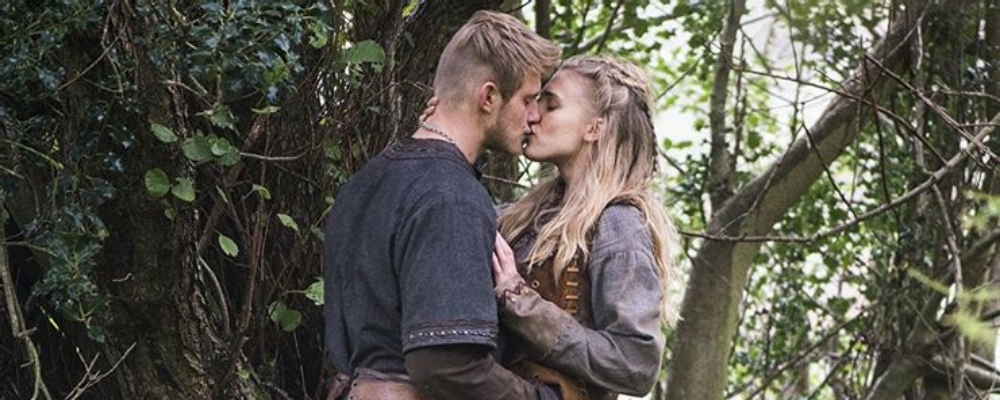
Marriage Negotiations
Because marriage was largely a business transaction, it should be unsurprising that they required quite a bit of negotiation. Marriages had long-lasting legal implications in relation to property and inheritance.
Normally the groom’s family would meet first to agree on what the financial assets of the groom would be, and what the groom’s parents would be able to provide as a wedding gift (“mundr”). They would also consider what kind of dowry they would request from the bride’s family, and what they would be willing to accept.
The groom and the important male members of the groom’s family would then take this proposal to the father or guardian of the bride. If the match was more or less favorable, and the terms more or less acceptable, the two families could then iron out the final details.
Sources suggest that in the 11th century the minimum bride price in Iceland was eight ounces of silver, and in Norway was 12 ounces of silver. But again, who exactly this rule would have applied to and who would have enforced it is unclear.
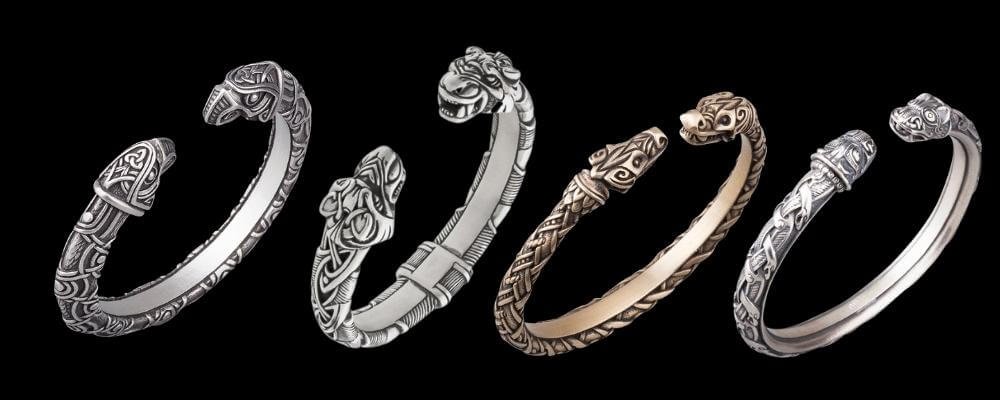 Armrings in the VKNG Collection
Armrings in the VKNG Collection
Setting A Date
Once everything was agreed upon, the family could then set a date. The wedding would usually happen on Fridays, as this was the day sacred to Frigg, the wife of Odin and the goddess of wives and wifely duties.
Big weddings that would have been held by the elite would then have included several days of feasting. And even more modest weddings may have run for several days if family and friends traveled some distance to attend and witness, and would therefore stay for a while.
It could take quite a lot of time to plan a big wedding, not least to ensure that there would be enough food and beer for all the guests. Some sources suggest that weddings might take up to a year to plan.
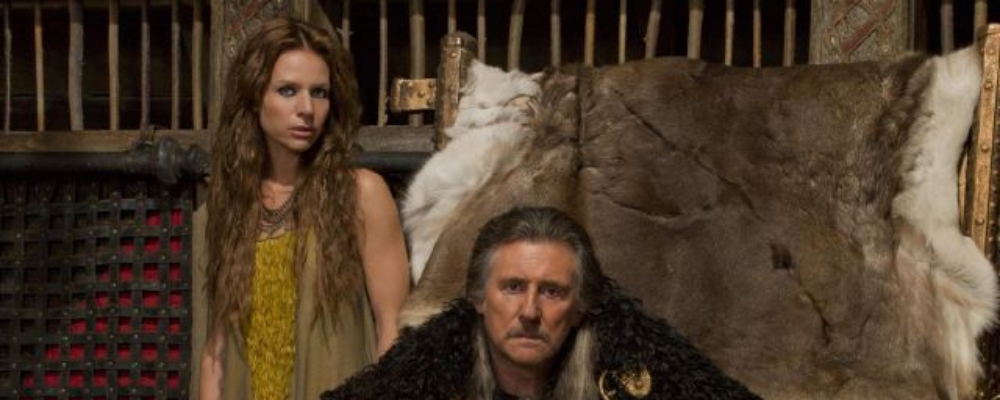
Bachelor Parties?
While there are no records of young Viking grooms being taken to strip clubs or brides dressing up in L plates, the Vikings do seem to have had their own versions of bachelor parties. Before the wedding, the bride and groom would be separated, the bride accompanied by female family members and friends, and the groom by male family members and friends.
Each party would then engage in rituals that would help the bride and groom throw off their previous lives as youths and become ready for their lives as a couple.
There are records of young brides having steam baths to open their pores, and then plunging into cold baths to close their pores. Other beautifying rituals to prepare the bride for the big day would probably also have taken place.
Meanwhile, there are stories that suggest that grooms may have gotten up to a bit of mischief, much like modern-day bachelors. One groom is described as breaking into a family tomb to steal an ancestral sword.
The Wedding Dress
No evidence survives for the bride or groom wearing specific clothing, such as white dresses for the bride, but there do seem to be traditions around the hair of the bride.
A maiden would have worn her hair long and flowing, enhanced by a bridal crown made from leaves and flowers. In the later Scandinavian period, these were replaced with silver crowns that were usually heirlooms kept within the family.
There is some evidence to suggest that at least some grooms carried an ancestral family sword during the wedding ceremony. While this would not have been true of all Vikings, if the family did have a prestigious weapon to their name, it may have been carried by the groom as part of the ceremony.

The Ceremony
The ceremony itself would not start until the bride price and dowry were officially exchanged, in front of witnesses. Only when business was done could the religious ceremony begin.
A selected elder within the community would fulfill the role of officiant. The Vikings did not have “professional priests” as is common in Christian society. Rather, community leaders took on the role as necessary.
They would begin by summoning the attention of the gods to bless the union with a sacrifice. It was traditional to sacrifice a goat to Thor, a sow to Freya, or a boar or horse to Freyr.
Whichever animal was sacrificed, and later eaten at the feast, the blood was drained into a bowl and consecrated in some way. A bunch of fir twigs was then dipped in the blood and used to splatter the couple with the blood, conferring the blessing of the gods.
At this point, the bride and groom may have exchanged keepsakes. There are stories from the later Scandinavian period of the bride and groom exchanging swords, or even rings.
The Party
After the ceremony, there was, of course, the party, which the family of the bride and groom would host jointly for their families and community. It would be the first time that the group would come together under the terms of their new social alliance.
There are some stories that the parties of the bride and groom had to race back to the location of the wedding, and that whoever arrived last had to serve the other party beer for the rest of the night. While the specifics of the games may have varied, innocent competitions like this were probably common.
At some point during the feast, Thor’s hammer would be called upon to bless the union and the new social arrangement. In some circumstances, a simulacrum of Mjolnir may have been brought forth for the purpose, while in others the calling of the hammer would have been purely metaphorical.
But what seems to have been common at all wedding feasts was a significant amount of drinking! The family had to provide enough bridal brew to keep everyone at the party in good spirits for a few days.
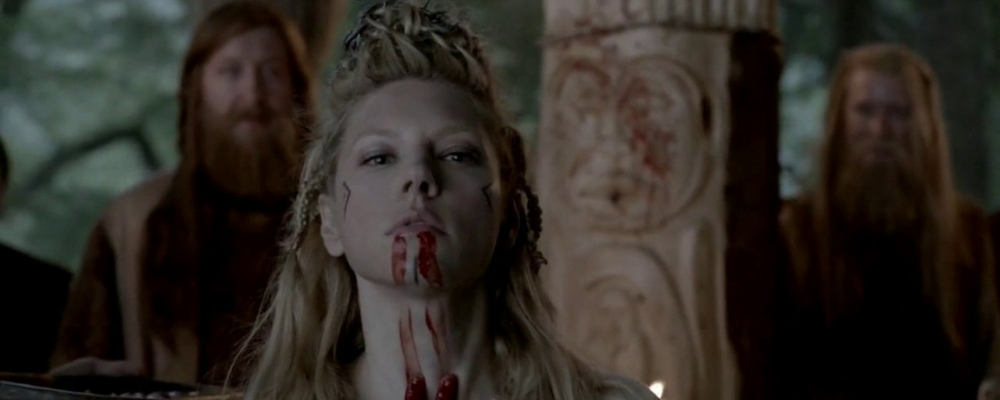
Consummation
It was quite common in ancient European cultures that the consummation of marriages had to be witnessed. Exactly what this witnessing entailed is unclear, for example, whether the witnesses were required to be in the room, or just nearby to be aware of what was going on.
In later Scandinavian culture, it was common that six witnesses were required to confirm the marriage. The Vikings may well have also had this practice.
Can You Get Married Like A Viking Today?
Many followers of the Asatru religion and just fans of Viking culture in general choose to get married according to Viking customs today. What exactly those weddings look like depends, as there is no strict standard for Viking weddings.
The most important element is to call on the Norse gods to witness and bless your union, and to embark on the new adventure with the Viking spirit in your heart.
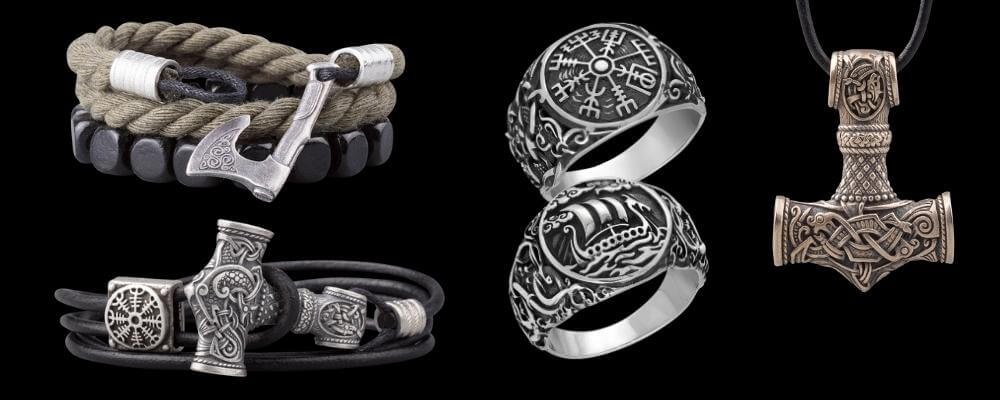 Shop the VKNG Collection
Shop the VKNG Collection
The post Traditional Viking Weddings appeared first on Norse and Viking Mythology.
